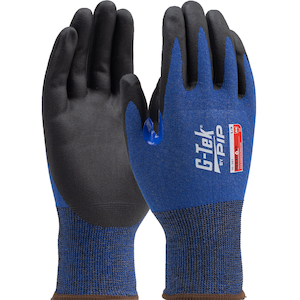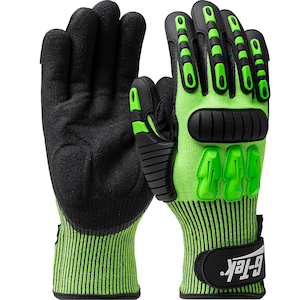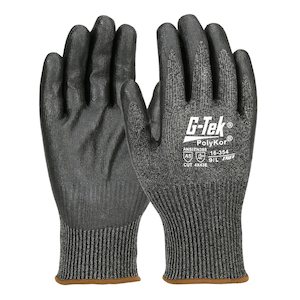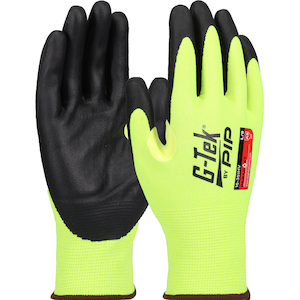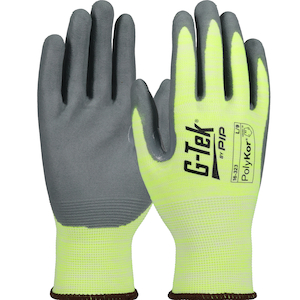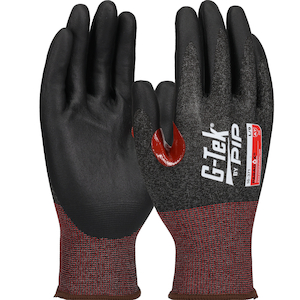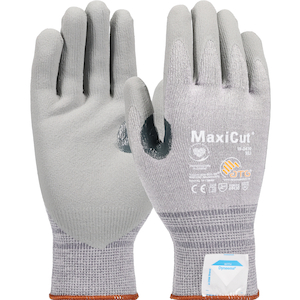
-
 General Purpose Gloves - CoatedMaxiFlex® Ultimate™GP34874
General Purpose Gloves - CoatedMaxiFlex® Ultimate™GP34874
-
 Cut Resistant GlovesMaxiFlex® Cut™GP348743
Cut Resistant GlovesMaxiFlex® Cut™GP348743
-
 Safety HelmetsTraverse™HP1491RVM
Safety HelmetsTraverse™HP1491RVM
-
 Cut Resistant GlovesMaxiCut® Ultra™GP443745
Cut Resistant GlovesMaxiCut® Ultra™GP443745
-
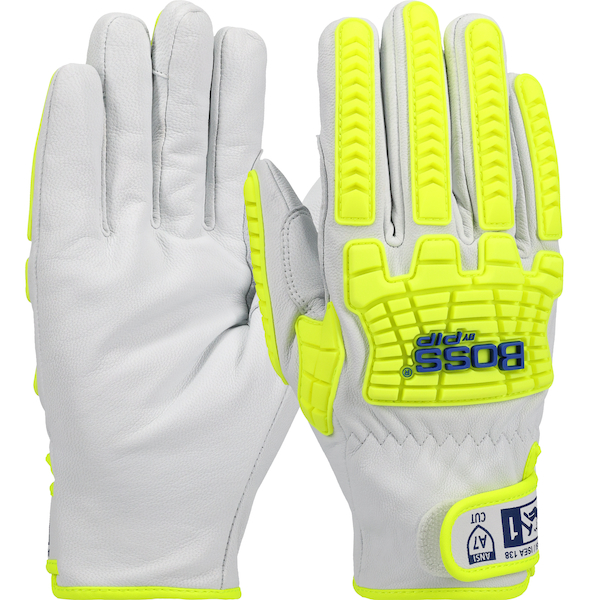 Hi Performance GloveBoss®GP9916
Hi Performance GloveBoss®GP9916
-
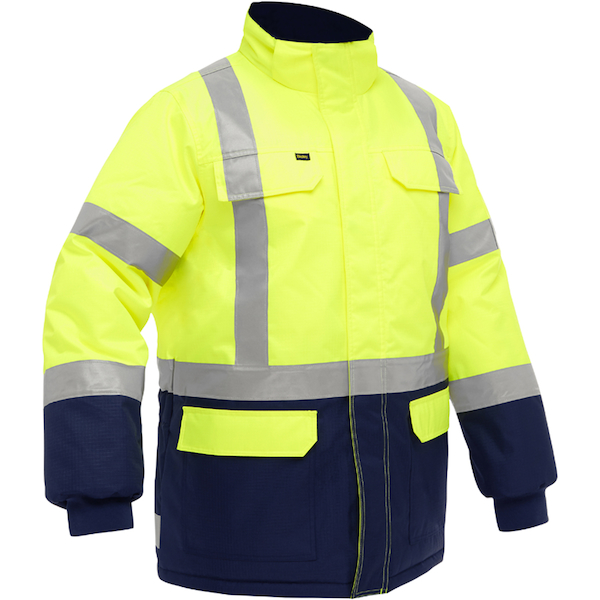 Cold Weather WearBisley®PC343M6450X
Cold Weather WearBisley®PC343M6450X
-
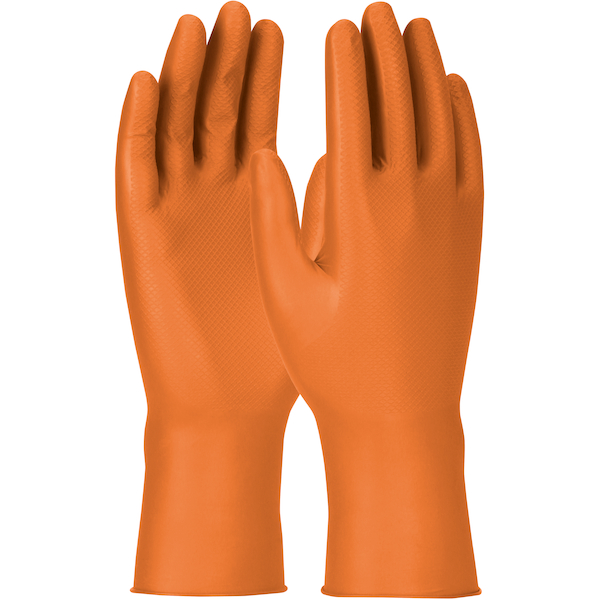 Extended Use Disposable GlovesGrippaz™ EngageGP67307
Extended Use Disposable GlovesGrippaz™ EngageGP67307
-
 Heated ApparelBoss®PC300HV100U
Heated ApparelBoss®PC300HV100U
-
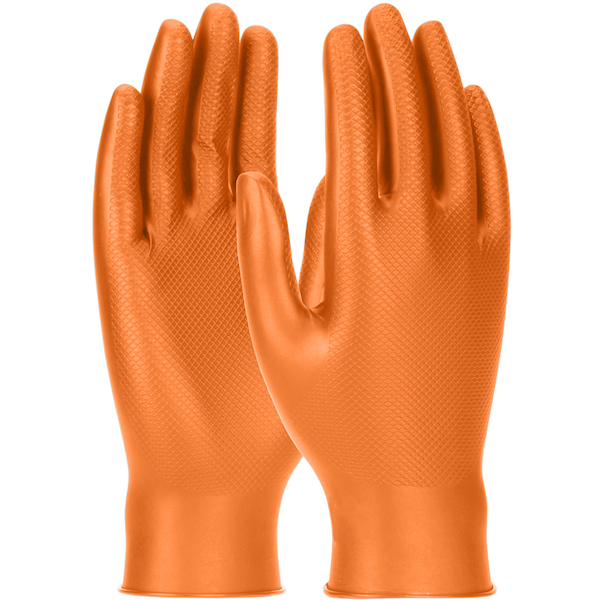 Extended Use Disposable GlovesGrippaz™ SkinsGP67256
Extended Use Disposable GlovesGrippaz™ SkinsGP67256
-
 Hard HatsKilimanjaro™HP642R
Hard HatsKilimanjaro™HP642R
-
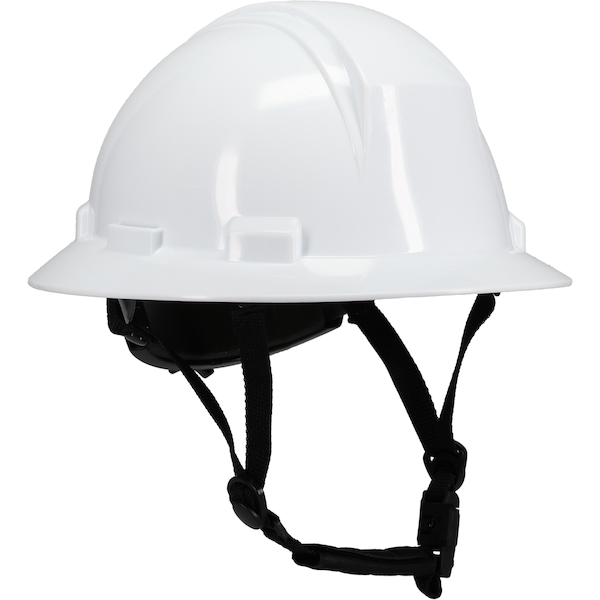 Safety HelmetsKilimanjaro™HP642R-MCH
Safety HelmetsKilimanjaro™HP642R-MCH
-
 Extended Use Disposable GlovesGrippaz™ SkinsGP67246
Extended Use Disposable GlovesGrippaz™ SkinsGP67246


























